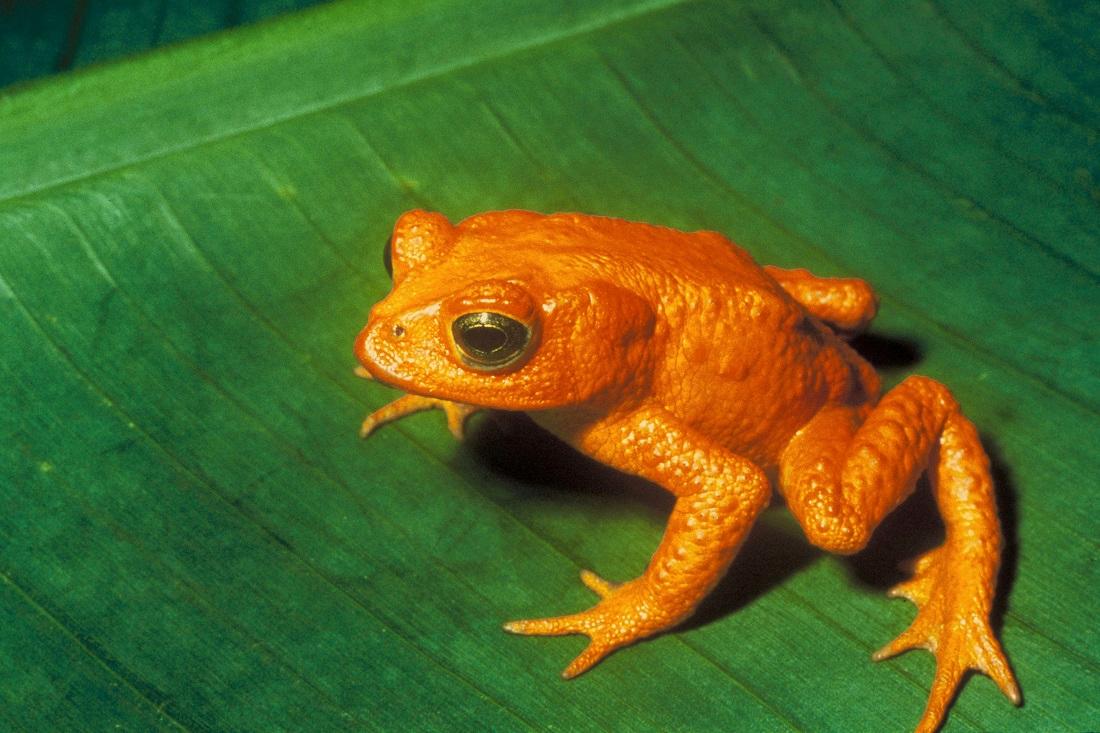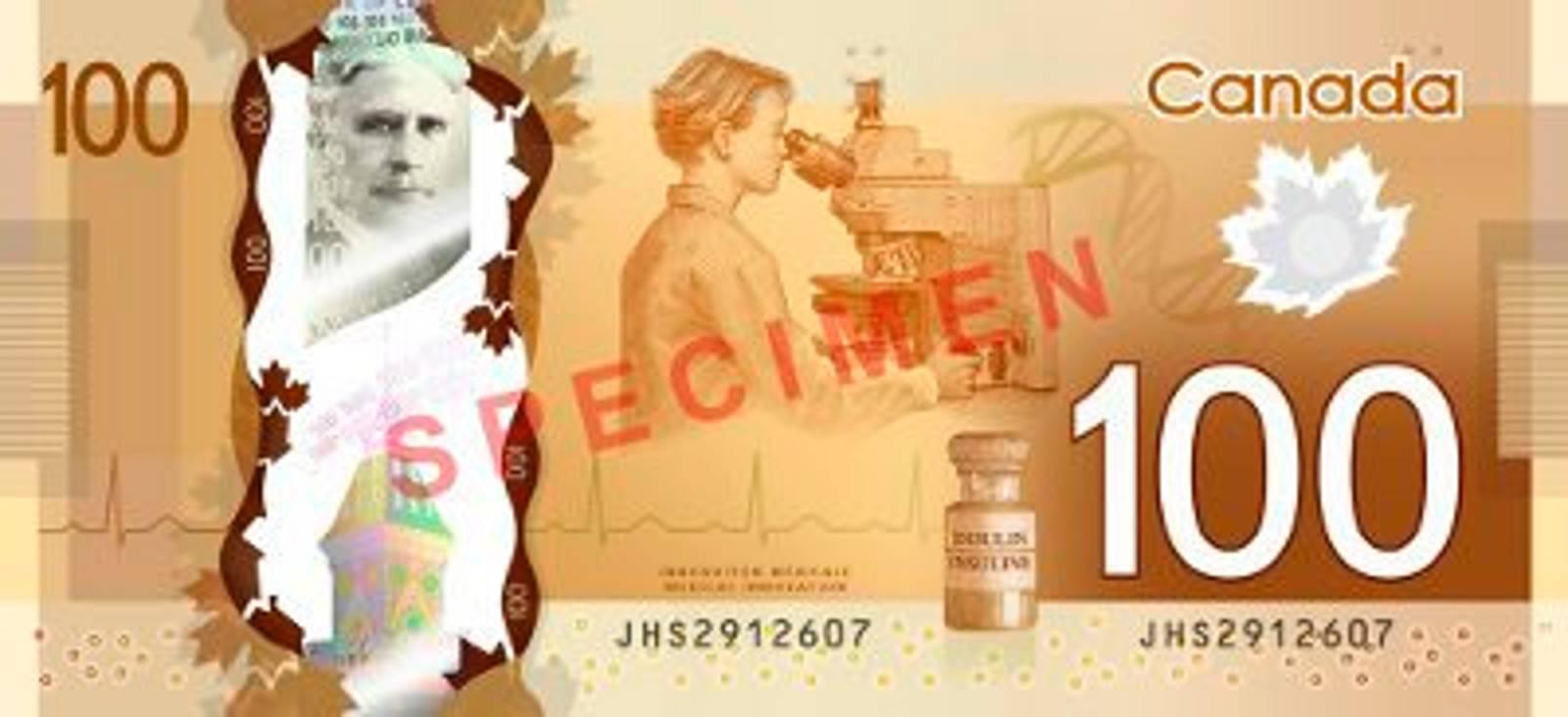Nobody knows how many species are actually threatened with extinction, not even among the species we have named. Norwegian computer simulations provide chilling new information.
Computers have calculated that half of the species we know next to nothing about are ghosts.
The discovery was published in the journal Nature Communications biology.
NTNU researchers performed the computer simulation.
– Half of the 7,699 species that we have identified are therefore threatened. This means that there is a great danger that they will disappear, explains Francesca Verones.
She is a professor in the Industrial Ecology Program at NTNU in Trondheim and one of the authors of articles in Communications Biology.
– Half of the species we have assessed are at some level threatened, but we have not specified whether they are Slightly Threatened or Critically Endangered. It needs to be studied further. What we can say is that of the species we know well, the International Union for Conservation of Nature (IUCN) Red List shows that 28% are threatened.
However, the situation is worse for species about which we know little.
– Among them, more than half are threatened. On average, they are more at risk, says Verones.

Doomed to die out
Scientists already know:
- About 1.2 million different species have been found worldwide.
- It is discovered approx. 18,000 new ones every year, including about one new species every day in Norway.
- Biologists have estimated that there are between 8.7 and 10 million species in the world.
- Many millions are thus undiscovered.
The International Panel on Nature (IPBS) estimated a few years ago that one million species are threatened with extinction. The panel determined that several hundred thousand species are living dead: they still exist, but the populations are so small that they are doomed to extinction.
The International Union for Conservation of Nature (IUCN) is responsible for monitoring. They create the global red list, tables with the status of each individual species.
But the IUCN has only assessed 147,000 species and concluded that 28% of them are threatened. Why did they consider so few species?
Yes, because there is a lack of knowledge about everything from distribution, lifestyle and numbers. In short, we know too little about nature, both globally and in Norway. Only a few years ago, for example, a systematic insect count was started in Norway. Therefore, our researchers do not know whether the situation is as dire in the Norwegian flower meadows as the Germans found it in theirs.
Computers reveal
Returning to the new computer simulations, Francesca Verones says they have developed a methodology to estimate a species with very little known knowledge.
– You need to know the name of the species and the few known observation points. It is enough to know that the species exists, but too little to say whether it is threatened or not, she explains.
Various statistical tools can fill gaps in knowledge of researchers with probabilities at which computers arrive.

Will protect 30 percent
– What about the 8.7 million species that have yet to be found?
– We don’t know anything about them, except that most of them are probably very small. But as soon as they are discovered and we get data points, we can also run simulations for them, says Verones.
All the researchers who participated in the project work at NTNU. It was led by postdoctoral fellow Jan Borgelt from the Department of Energy and Process Engineering.
In a few weeks, the countries of the world will meet in Montreal, Canada, to negotiate a global agreement on nature. One of the objectives was that 30% of all types of nature be protected.

Can a deal save them?
This is a strong recommendation from the Expert Panel on Nature (IPBS). Protecting untouched nature is perhaps the only way to secure unknown species and species that we know very little about, but all of which have an important role in ecosystems.
Without functioning ecosystems, nature’s ability to provide us with enough food, clean water and clean air will gradually be reduced, the committee believes.

“Passionate pop cultureaholic. Proud bacon trailblazer. Avid analyst. Certified reader.”







